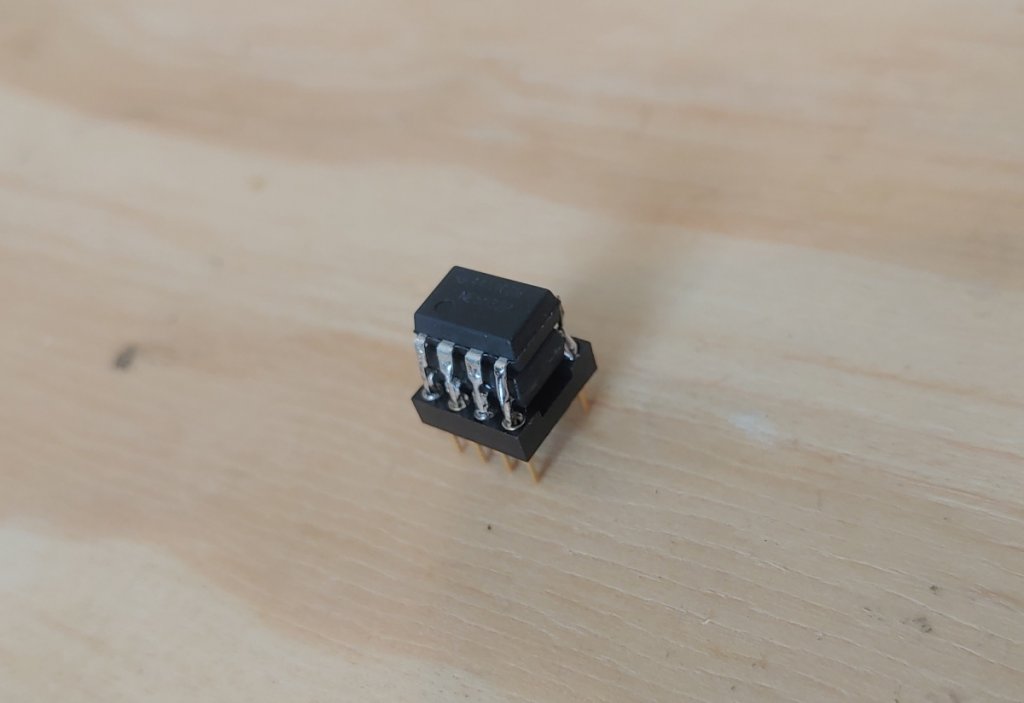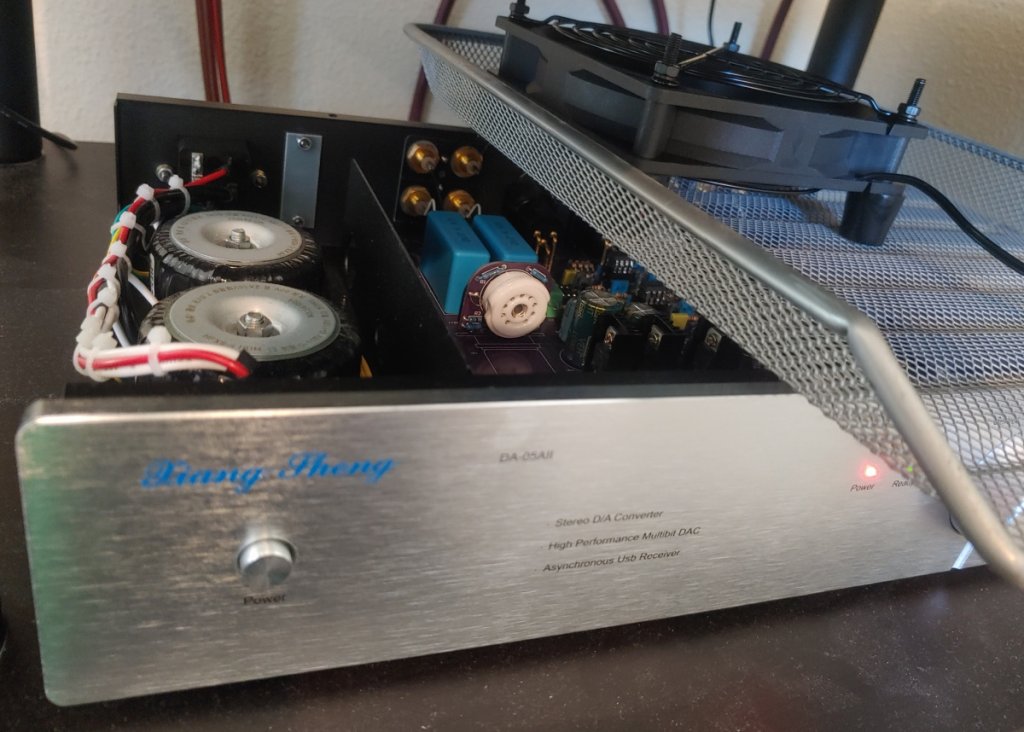Even after owning and trying a myriad of expensive discrete opamps, I have always been interested in finding great-sounding regular monolithic opamps, well because they are much cheaper.

Here is where I wrote about my opamp impressions, both discrete and monolithic, an ongoing project "Orgy of Opamps."
https://www.head-fi.org/threads/orgy-of-opamps-discrete-opamp-comparison-thread.977578/#post-18789169Sort of the murky frontier is paralleling ordinary opamps to achieve improved sound quality. Over the years, sporadic DIY'ers have reported great sonic success paralleling opamps, but there are some real possible issues with this approach.
This is the correct way to parallel op amps published by Texas Instruments, which is obviously not a trivial endeavor.
https://e2e.ti.com/blogs_/archives/b/thesignal/posts/paralleling-op-amps-is-it-possibleBut then there is this youtube sound-comparison video where paralleled NE5532 opamps were compared with other discrete and monolithic opamps, and when listened through an audiophile system, I was quite favorably impressed by what the paralleled NE5532 sounded like, which were not paralleled "correctly, simply legs soldered together.
https://www.youtube.com/watch?v=kNDX7SCN6Jc&t=150sThe author later went on to design and sell his own line of paralleled opamps! Note the strong caution regarding heat and device current capability.
https://virtualhifi.com/products/hypersonic-dual-op-ampSo obviously I simply had to try this



Note the DIY fan setup to circumvent many of the potential issues of paralleling, but the sonic result is a resounding success. This is not your well-heeled NE5532 sound. While NE5532 usually sounds pretty good and balanced, it commits sins of omission when it comes to detail resolution, density, and solidity of music. All these areas were quite improved with paralleling, to a shocking degree, enabling me to use the parallel version without regret in place of my prized discrete opamps.
While the best of the discrete opamps still have an edge when it comes to top-end smoothness and finer textures, the parallel version fights back with ear-grabbing colorful vividness and involvement of the vocals, which are proudly center and forward with density and richness for days. I suspect some audiophiles will call this a more "analogue" presentation, as tired as the terms sounds, and I would have to agree. The presentation reminds me of a good reel-to-reel tape type of sound or even a really well-recorded TDK metal cassette tape! Those who treasure things like air and soundstaging refinement should look toward something like Sparkos discrete opamp, but those who treasure singers front center, thick and rich, paralleled NE5532 is an awesome way to go.

*Warning* If one decides to do this, do it at your peril after reading the above Texas Instruments article.